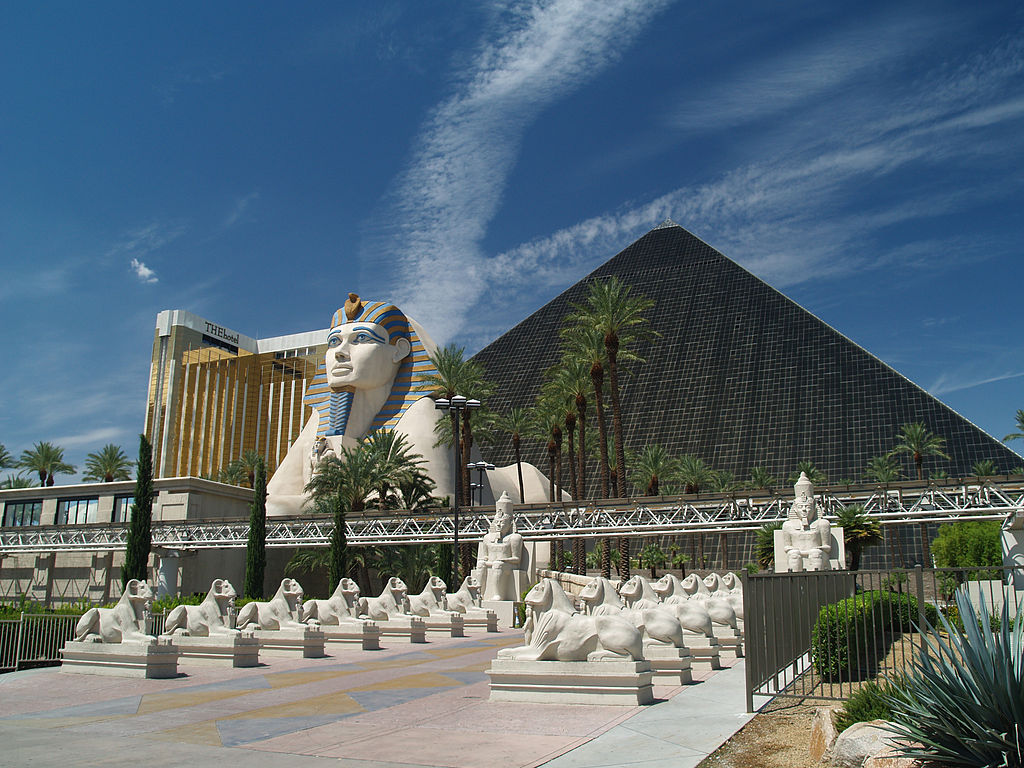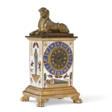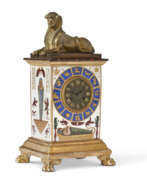Egyptian Revival

Egyptian Revival
Egyptian Revival is an architectural and artistic movement that emerged from a fascination with the culture of Ancient Egypt. This style, widespread from the end of XVIII to the beginning of XX century, especially in Europe and America, embodied all the appeal and mystery of the art and architecture of Ancient Egypt.
The genesis of this style can be attributed to the Napoleonic invasion of Egypt, where artists and scholars documented the antiquities, architecture, and natural history of the region. The publication of the Description of Egypt in the early nineteenth century, containing a detailed account of these discoveries, including a translation of the Rosetta Stone, sparked a wave of interest in Egyptian culture in Europe and America. Early examples included the synagogue in Karlsruhe by Friedrich Weinbrenner and the Fountain du Fellach in Paris. These structures displayed Egyptian motifs such as pylons, sphinxes, and hieroglyphs, harmonizing them with Western architectural elements.
Americans' fascination with Egyptian culture revived in the 1880s after the opening of the Suez Canal and then in the early 20th century after the discovery of King Tutankhamun's tomb in 1922. This revival influenced various aspects of art, from architecture to decorative and fine arts. In architecture, the style often incorporated Egyptian elements into the prevailing Western styles. Key features included convex columns with lotus leaf capitals, cauldron cornices, and the use of symbols such as winged orbs and hieroglyphics.
In the decorative arts, Egyptian motifs were reflected in furniture, ceramics, silver, and jewelry, often combining traditional Western forms with Egyptian iconography. This fusion resulted in such unique pieces as Tiffany & Co.'s intricately ornamented mantel clocks and Marie Zimmermann's jewelry. These pieces often utilized gilded bronze hardware, Egyptian scenes, and geometric plant motifs, demonstrating a combination of Egyptian aesthetics with modern design principles.
The Neo-Egyptian style and Egyptian Revival architecture, while not widespread in residential architecture, had a significant impact on public buildings, theaters, and fraternal halls, especially those associated with the Masons. This style is a testament to the enduring fascination with ancient Egyptian culture and its ability to inspire and influence modern art and architecture.
For collectors, auctioneers and art and antiques experts, keeping up to date with the latest Neo-Egyptian style news is essential. Sign up for updates to receive exclusive information on new sales, auction events and the latest happenings related to this intriguing style of art. Subscribe now to stay informed and connected with the world of Neo-Egyptian art and architecture.
| Country: | Africa, America, Australia, Egypt, Europe, France, Russia, USA, United Kingdom |
|---|---|
| Start of the period: | XVIII century |
| End of the period: | XX century |



